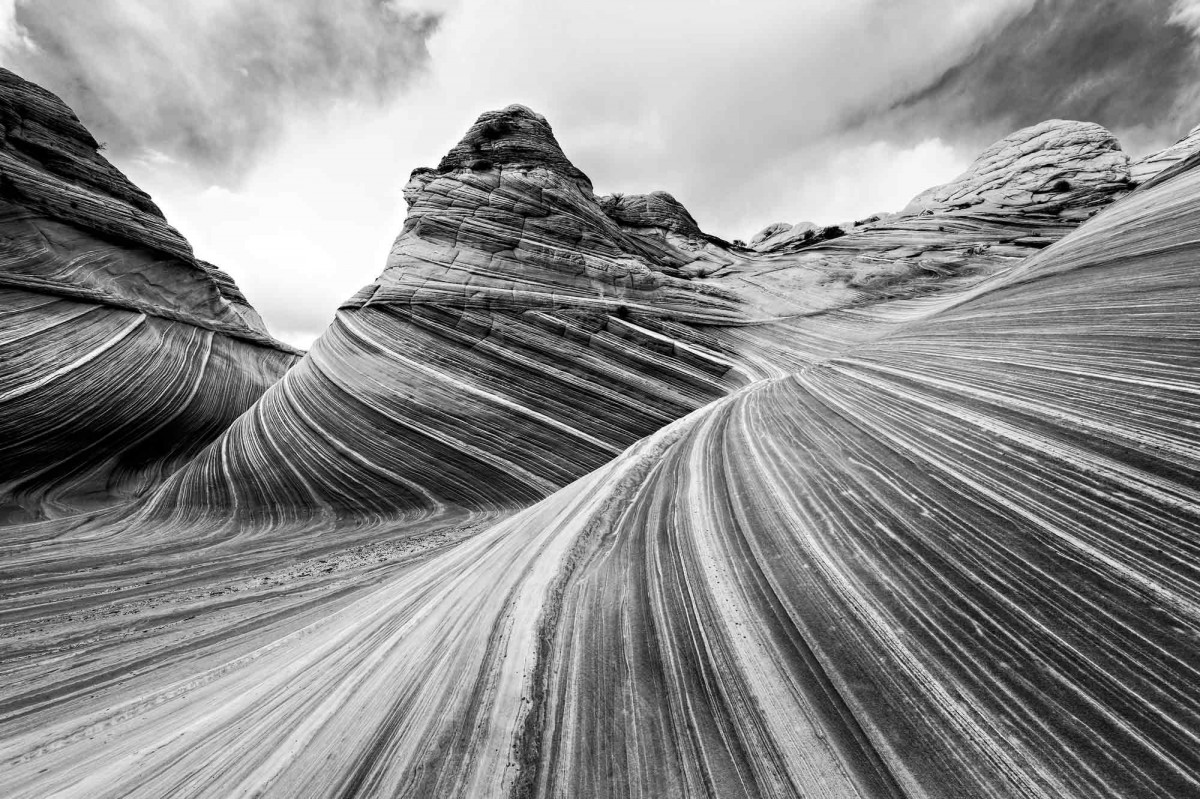Ansel Adams was an American photographer who loved black-and-white photography. He usually portrayed landscapes in American national parks, and he was the author of various books such as The Camera, The Negative e The Print. We can consider him one of the founding fathers of landscape photography, an innovator whose ideas and style are still relevant today.
He was born in Chicago in 1906. At the age of 12, he began to study piano, and the study of music was to replace the formal schools for which, it seems, he was not particularly suited. In 1916, during a holiday with his family in Yosemite National Park, he was given his first camera, a Kodak Brownie, with which Adams won his first photography prize. From then on, nature and photography would be forever linked to his life. His passion for the environment is evident in all his work. From a very young age, the photographer was influenced by a deep attachment to the nature of his homeland, the American wilderness, which he learned about during his first trips to Yosemite National Park.
In 1932, he founded the f/64 group. The name indicates the smallest aperture of the diaphragm. In 1934, he joined the Board of Directors of the Sierra Club and remained a member, together with his wife, for the rest of his life. He is the author of many first ascents in the Sierra Nevada. His photographs are a testimony of what the national parks were like before human intervention and mass travel. In 1952, together with other photographers, he founded Aperture magazine. In 1966, he was elected a member of the American Academy of Arts and Sciences. During the year 1980, President Jimmy Carter awarded him the Presidential Medal of Freedom, his country’s highest civilian honour. He died in 1984.

A great photograph is a full expression of what one feels about what is being photographed in the deepest sense, and is, thereby, a true expression of what one feels about life in its entirety
Ansel Adams
His style is delicate, picturesque in appearance. In small steps, the photographer immerses himself in a natural context, discovers it, highlights its details, immortalizes it and presents it to the implied observer as a subject that is never distorted, never usual. This happens thanks to the creation of zonal system. It involves the study of exposure to develop the whole sphere of tones that are part of a scene. The intention is to offer an image that is more faithful to reality and to make the photographers’ work easier when setting up the camera, especially in different lighting conditions. So, one lesson we can learn is to have a global vision of what you want to photograph, putting the right focus on the subject.





His love of nature shines through in each of his shots. Indeed, his photographs became an important endorsement to shed light on some issues related to the environment: mass tourism, commercialization, aggressive building. It is the emotionality that shines through that gives his photographs the intensity that has characterized their success, enhanced by black and white and the contrast between light and dark.
But, in his life he did not only portray his beloved nature, but also devoted himself to a few reportages. One of the most important was the one he made while visiting the Manzanar War Relocation Center. He also documented the serene living conditions of the Japanese-Americans, which are different from those documented a few years earlier by Dorothea Lange.
Ansel Adams’ photos were later exhibited at the MoMA in New York and were not spared criticism and controversy due to the advance of the Second World War and the resentment felt by Americans towards their compatriots.




Leave a Reply